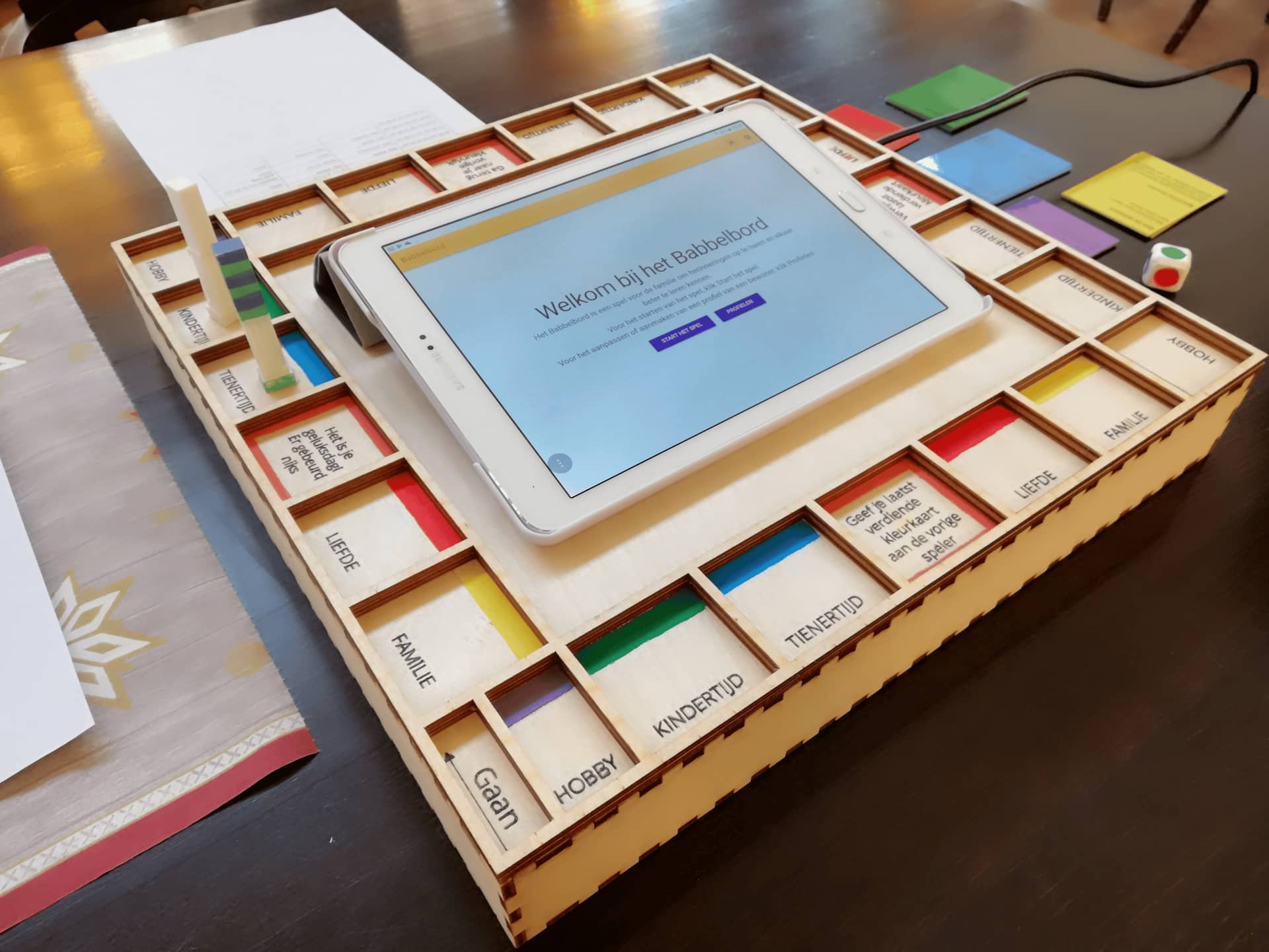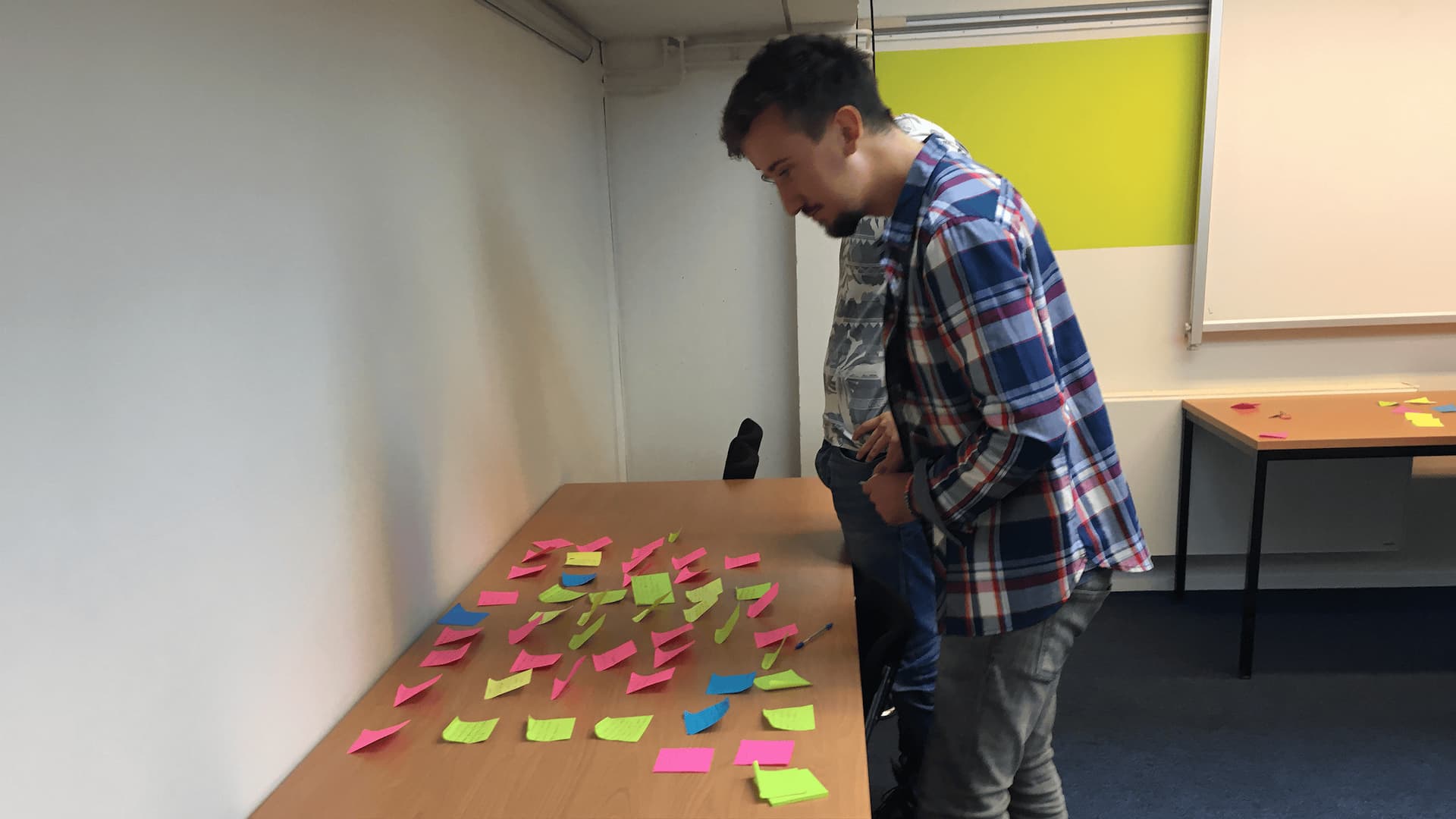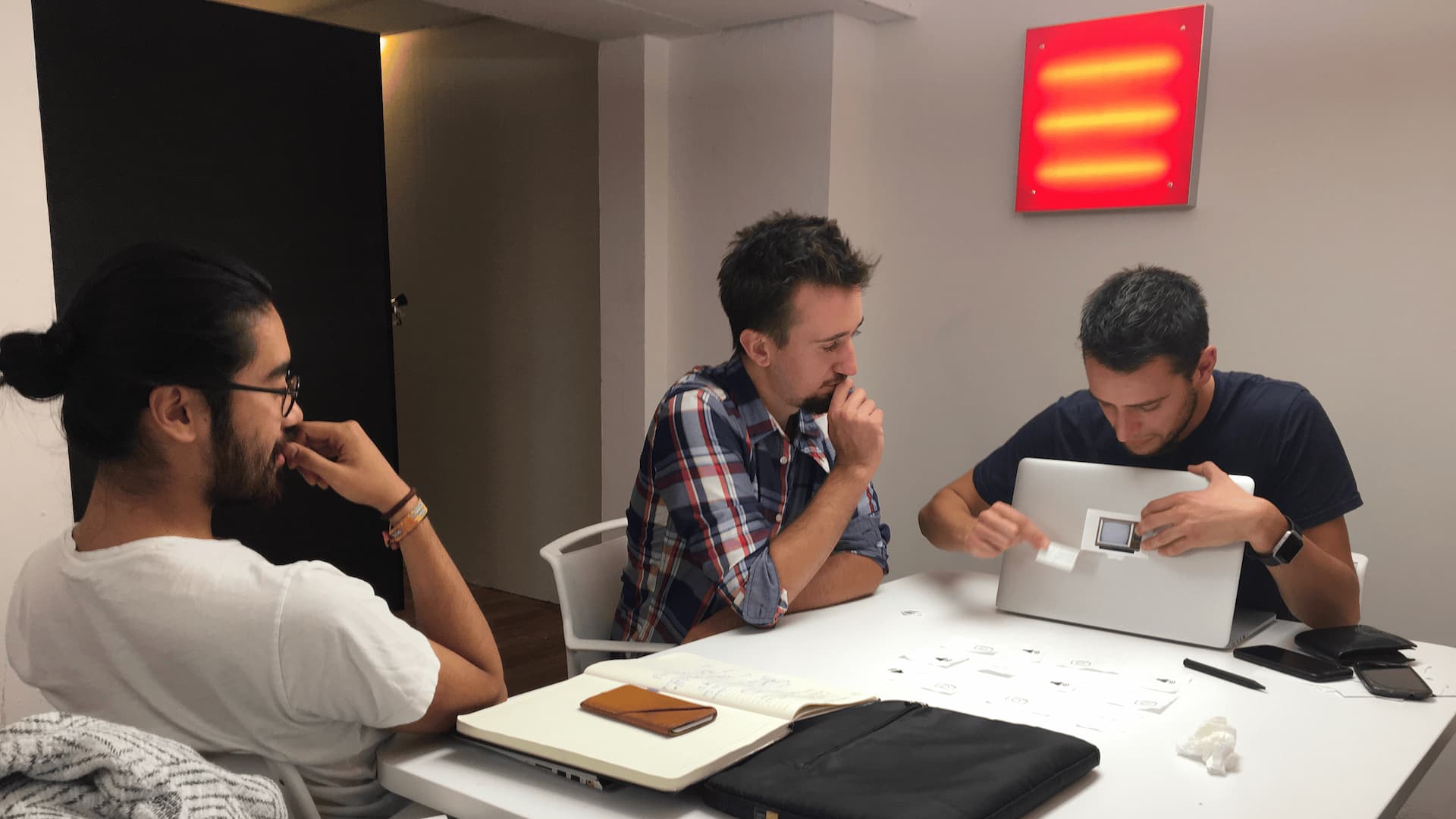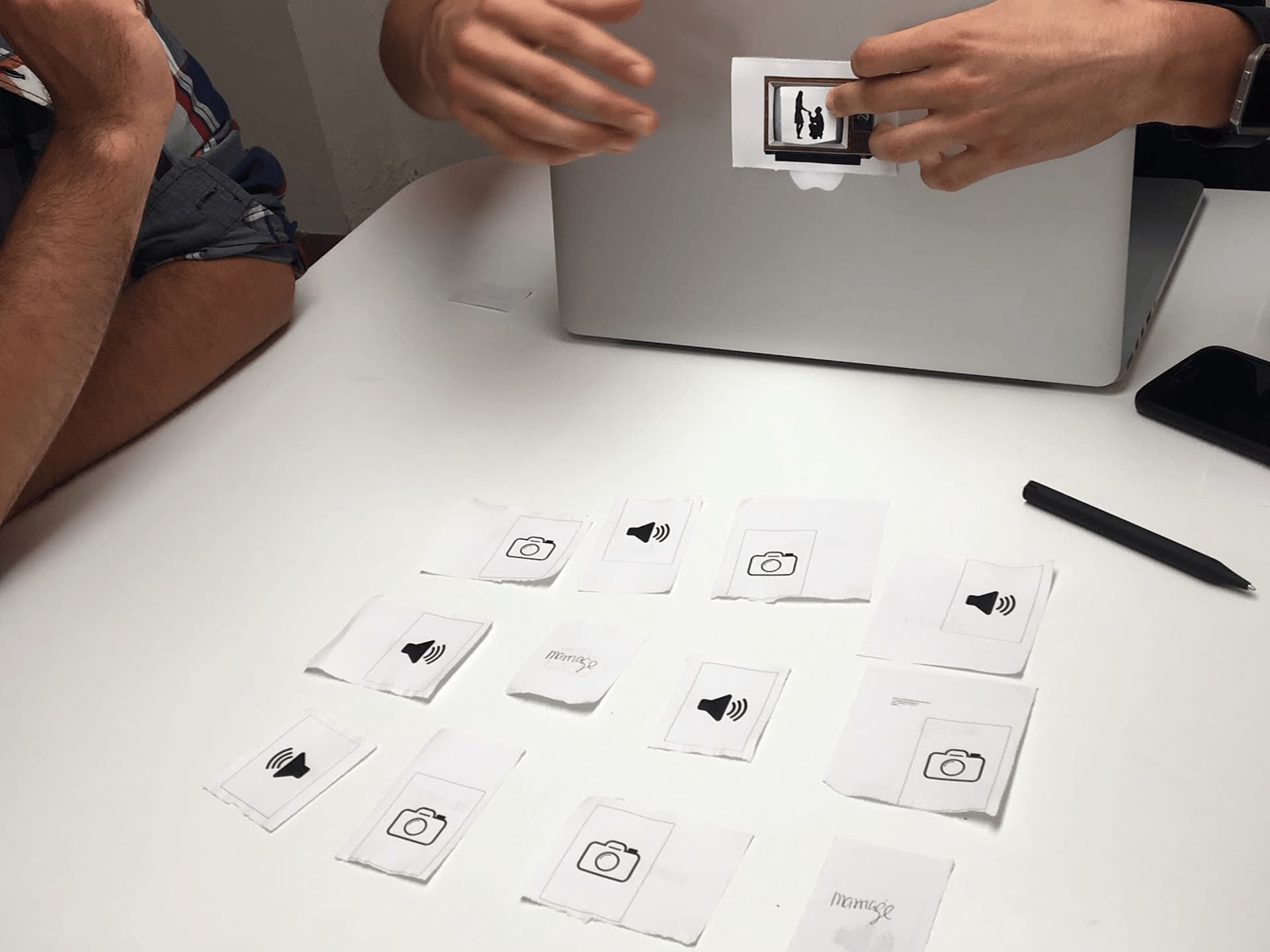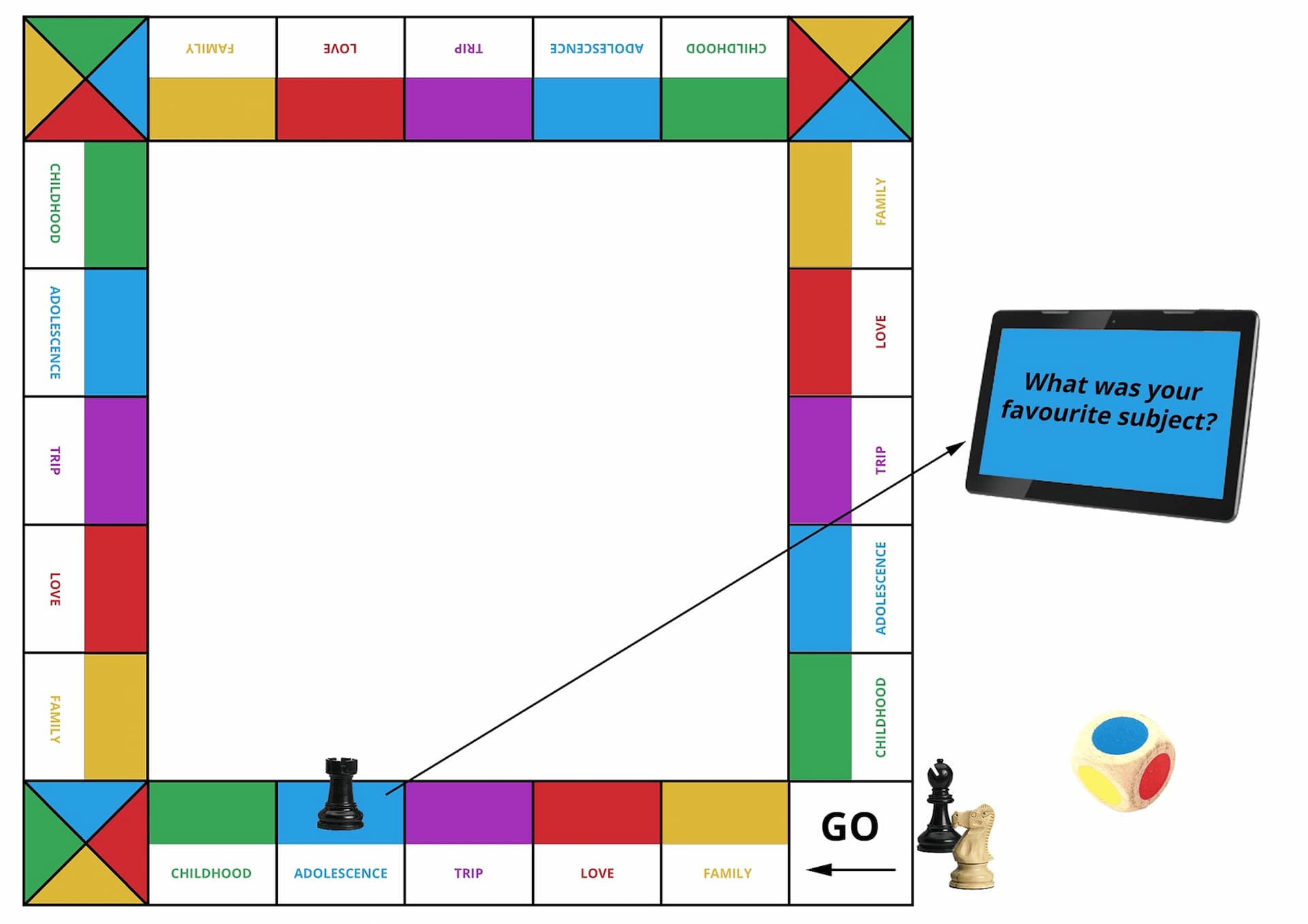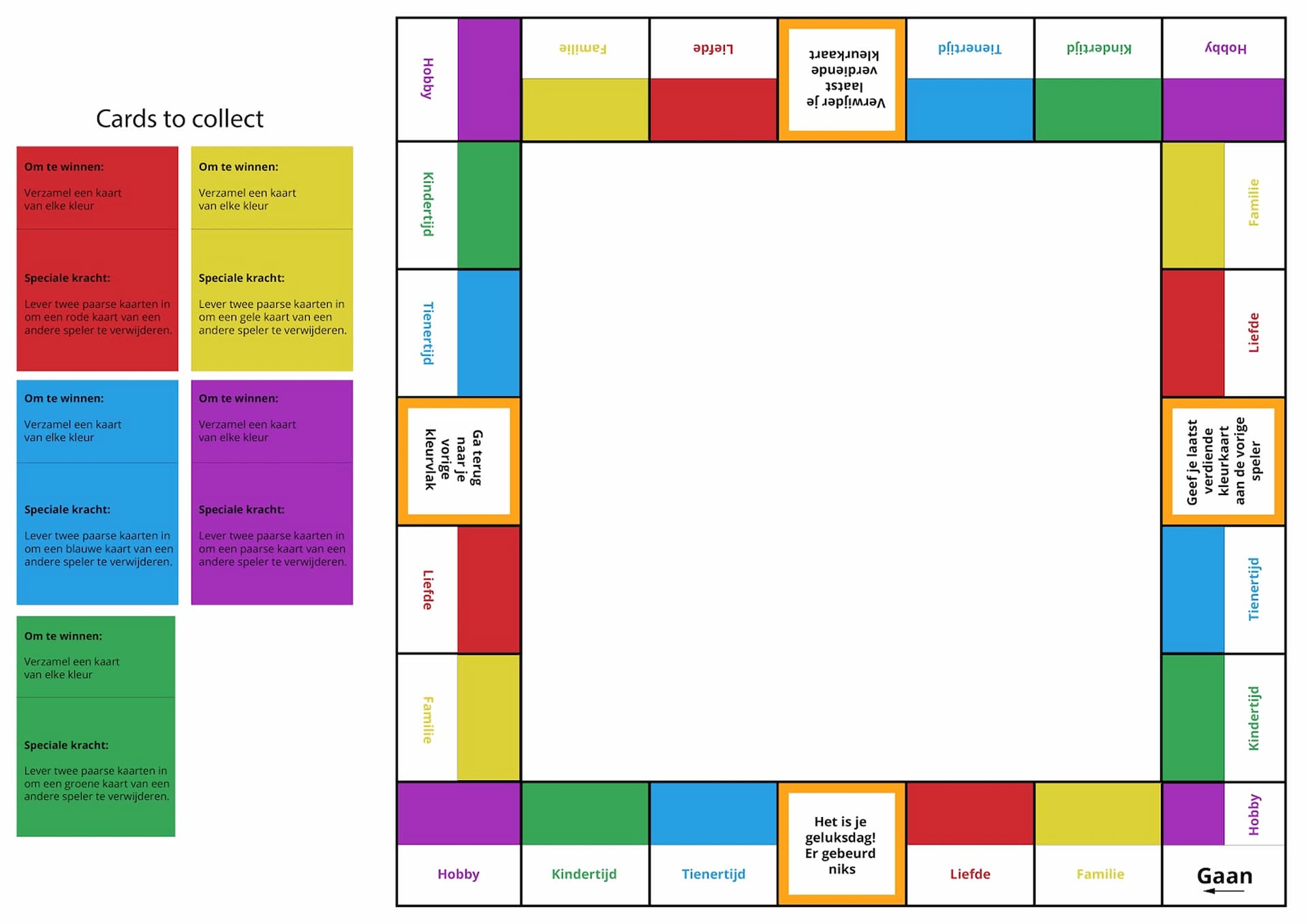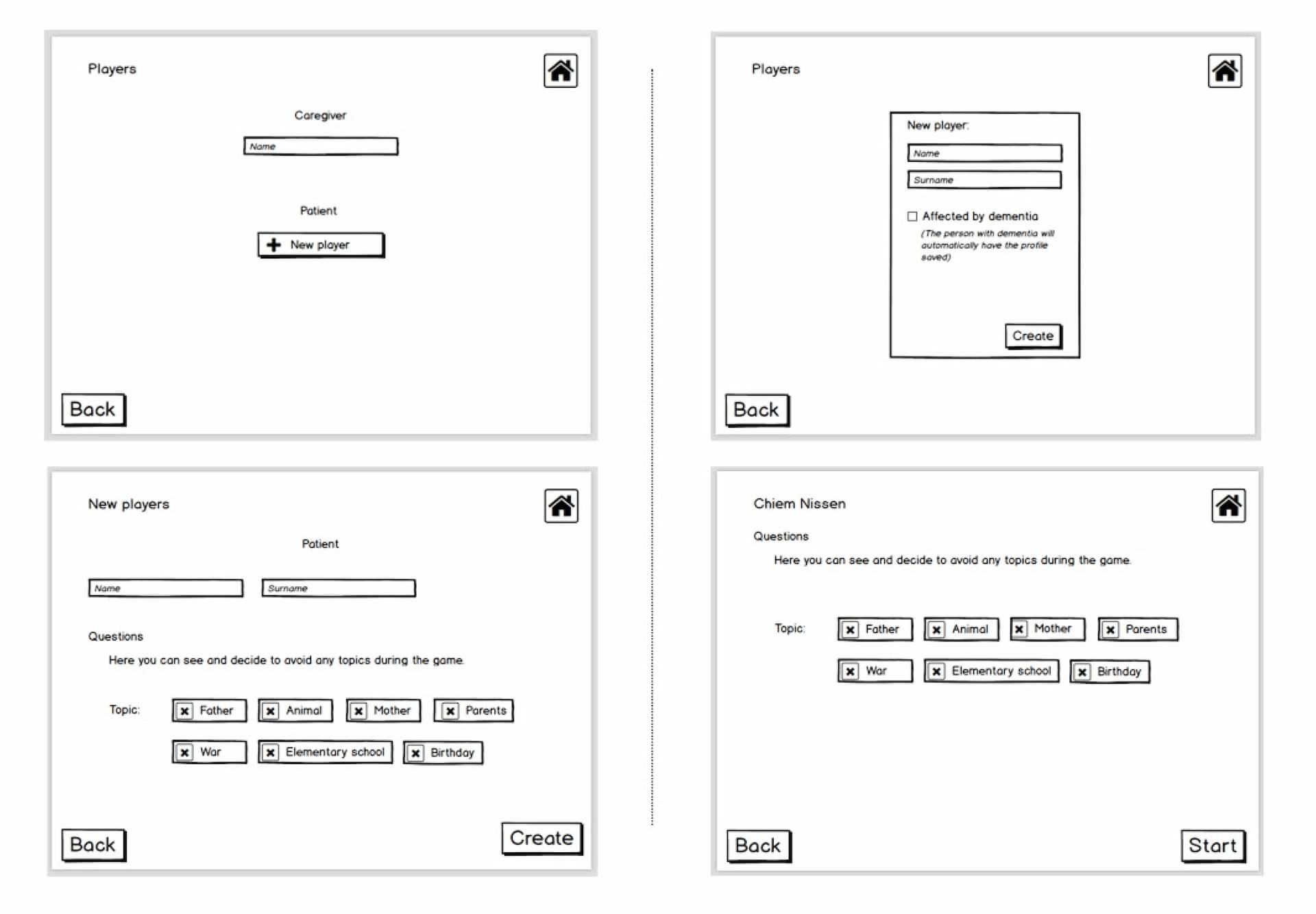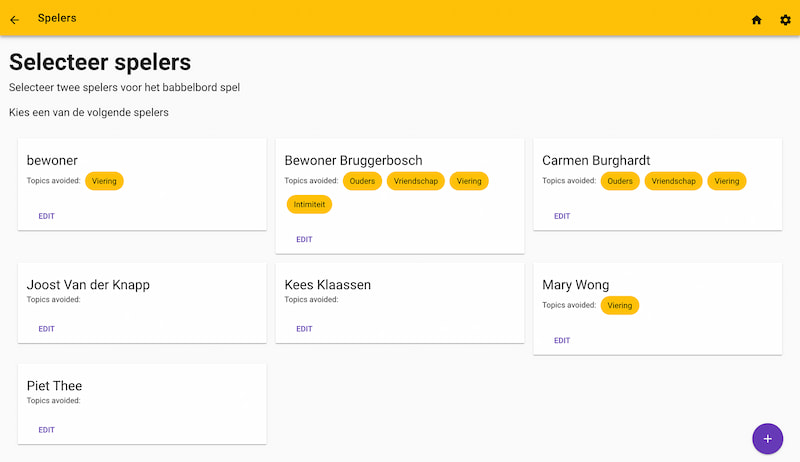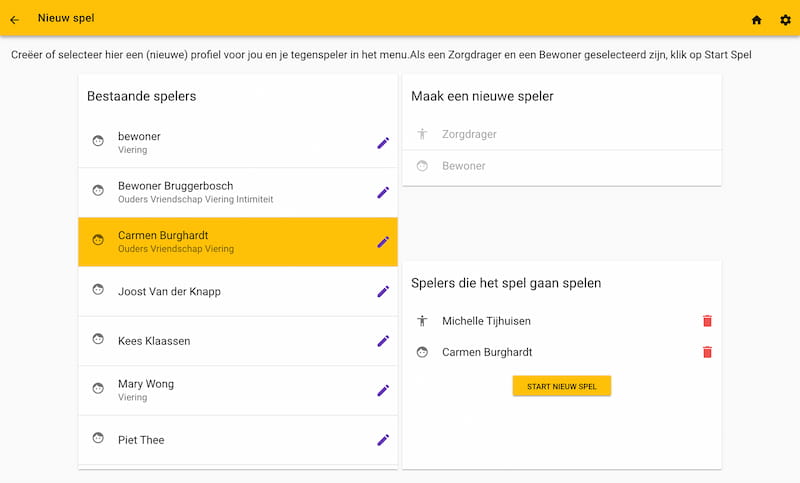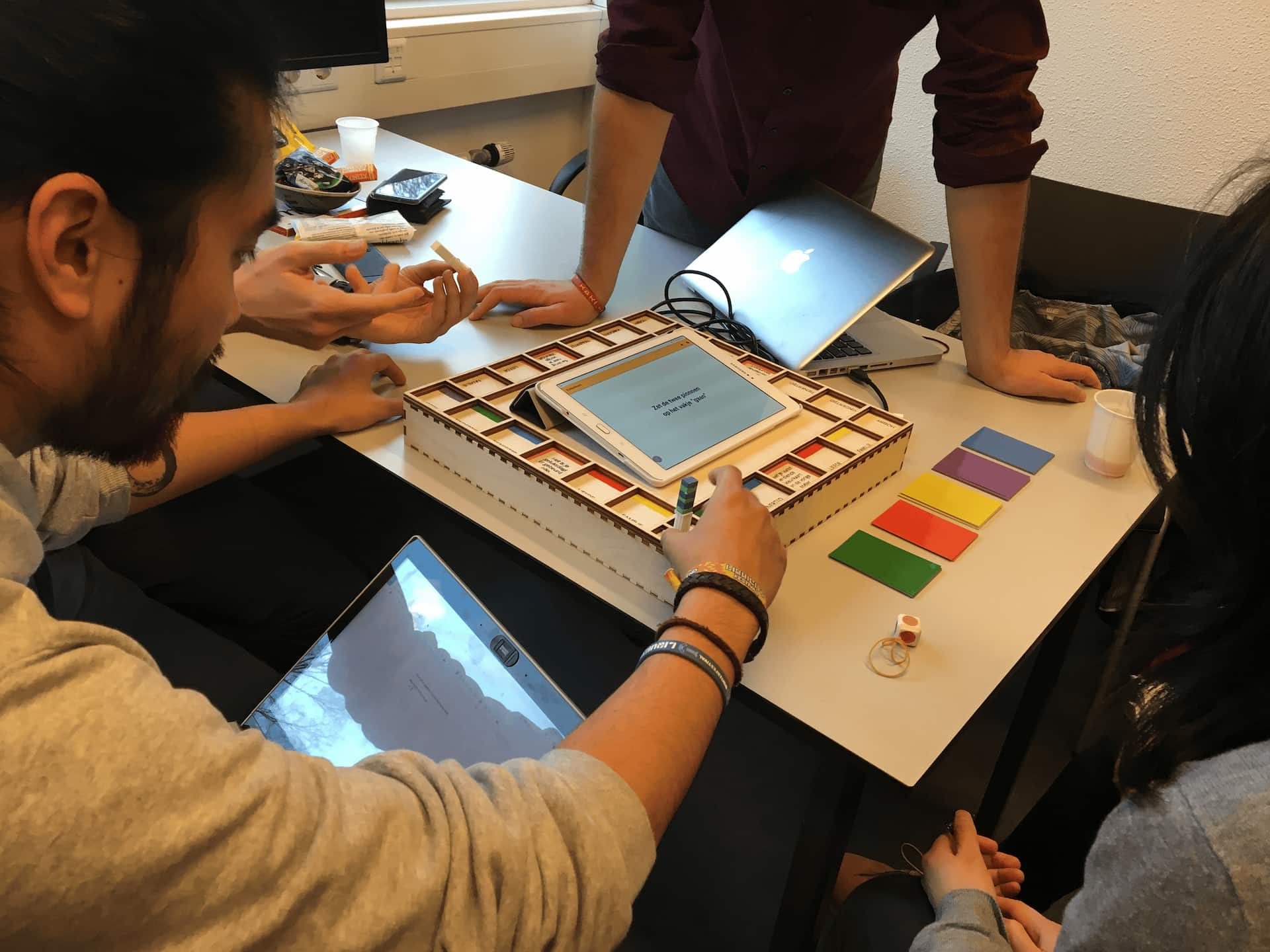Research
Stakeholders
- Relatives from Dementia patients
- Caretakers from Bruggerbosch
- People affected by dementia
Market analysis
Existing non-pharmaceutical solutions like life story books, online versions which can embed sounds, images and videos. We try to investigate a new solution to explore this approach even further, by also embedding gamification elements
